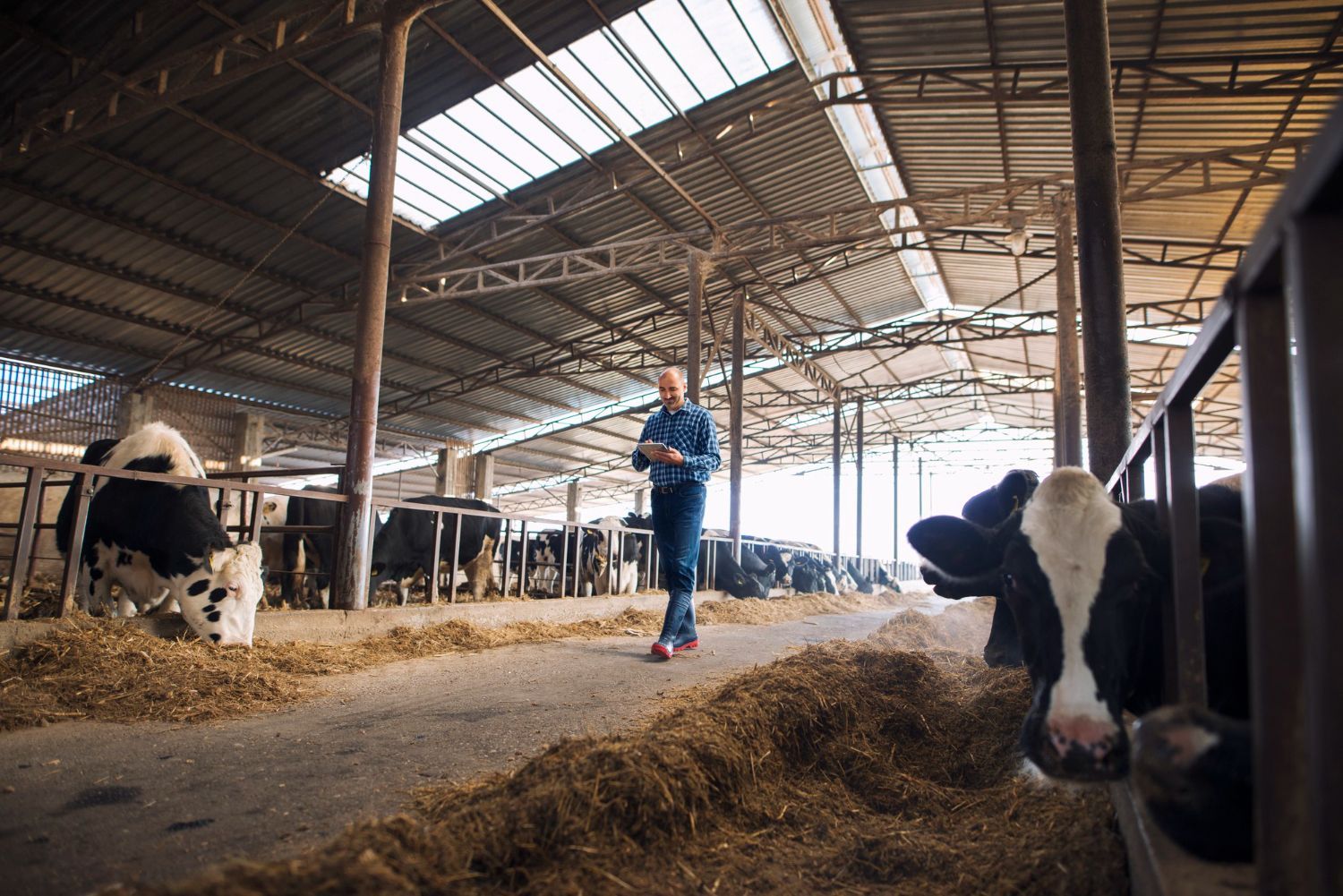Australia's FMCG industry is in a state of flux, with special thanks to the COVID-19 pandemic. As each wave of coronavirus infection spread across the nation, brick and mortar stores have been forced to shutter their doors—leaving many FMCG companies struggling to stay afloat.
But all’s not lost for the retail world. Indeed, while wholesalers and traditional retail channels fell by the wayside, another challenger rose to the occasion: eCommerce.
In April 2020, during the first few months of lockdown, over 200,000 Australian shoppers started shopping online for the first time. This surge in eCommerce spending would barrel onwards to reach US$62.3 billion in 2022, up from US$49 billion in 2021 and US$38 billion in 2020.
But the pandemic isn't the only reason why eCommerce is on the rise.
In fact, it's just one of many factors that are coming together to create a perfect storm for FMCG companies to finally make the switch to direct-to-consumer (D2C) models. And in order to secure a competitive foothold in the growing D2C space, companies need to take advantage of eCommerce and digital transformation as a whole.
Let's take a look at why eCommerce and D2C are set to shake the foundations of the FMCG space.
1. eCommerce is growing—fast.
There's no denying that eCommerce is on a meteoric rise, with the figures we provided above showing this in no uncertain terms. In fact, it's growing at such a rapid pace that it's set to overtake traditional brick-and-mortar retail within the next decade.
This is thanks in part to the ever-growing list of eCommerce platforms and marketplaces, such as Amazon and Catch, which are making it easier than ever for companies to sell online. But it's also due to the fact that consumers are becoming more comfortable with buying things sight unseen. In other words, they're becoming more trusting of the online shopping experience.
2. There is a growing focus on going local.
The pandemic has also shone a light on the importance of supporting local businesses. Indeed, as global supply chains have been disrupted, many consumers have turned to local companies in order to get the items they need.
This trend is likely to continue even after the pandemic ends, as people have become more aware of the importance of buying from brands that are closer to home. In fact, a recent study found that 71% of Australian consumers said they were more likely to buy products from a company that was based in Australia.
In response, eCommerce marketplaces such as eBay are making it easier for local companies to find an audience, whereas they'd have a much more difficult time breaking into traditional retail channels.
3. D2C makes for more efficient, resilient supply chains.
The traditional retail model—in which FMCG companies sell their products to wholesalers, who then sell them on to retailers, who finally sell them to consumers—is no longer fit for purpose. In fact, it's become increasingly convoluted and outdated, especially in the age of eCommerce.
What's more, as we've seen with the COVID-19 pandemic, this model is also extremely vulnerable to disruption. This is because there are so many different links in the chain that it only takes one weak link to cause the whole system to break down.
On the other hand, D2C models are much more streamlined, as there is no need for wholesalers or retailers. This not only makes them more efficient but also much more robust in the face of disruption.
4. D2C models allow brands to better connect with their customers.
D2C models have a number of advantages over traditional retail models, the most notable of which is that they allow companies to build direct relationships with their customers. This is thanks to the fact that they cut out the middleman, giving companies direct access to customer data and feedback.
What's more, D2C models also give companies more control over their pricing, product development, and branding. And because they're not relying on wholesalers or retailers to sell their products, they're far more agile and responsive to change.
5. Digital, online payments are growing in popularity.
Another factor that's driving the growth of eCommerce and D2C is the increasing popularity of digital, online payments. Indeed, as consumers become more comfortable with making online purchases, they're also becoming more comfortable with using digital payment methods.
And that's not just limited to the usual suspects, such as PayPal, Apple Pay, and Google Pay.
There are also Buy Now, Pay Later services such as Afterpay, which allow users to pay in installments without using a credit card. There are even subscription services like Amazon Prime, as well as online marketplaces such as Facebook Marketplace that make it easier for both merchants and other consumers to sell to people directly.
A digital-driven future for FMCG
The writing is on the wall—eCommerce and D2C are the future for FMCG companies. Thanks to a number of factors, such as the growing popularity of online shopping and the increasing use of digital payment methods, more and more companies are making the switch to the D2C model.
It's clear that digital transformation is pivotal for FMCG companies that want to stay ahead of the curve and remain competitive in the years to come. And there's no reason why your company can't be one of them—but only with the right people in place to lead the charge.
At ELR Executive, we've spent the last two decades building the expertise and network of suppliers and retailers that will allow your business to succeed in the digital age. So, if you're ready to make the switch to eCommerce and D2C, we can help. We've put together a guide that outlines the key steps you need to take to find the right people for the job.
Download your copy at the link below.
ELR Executive Guide to Building a Culture of High Performance
And if you're ready to take your business to the next level, you can reach out today to see how we can help you find the leadership you need to succeed.


